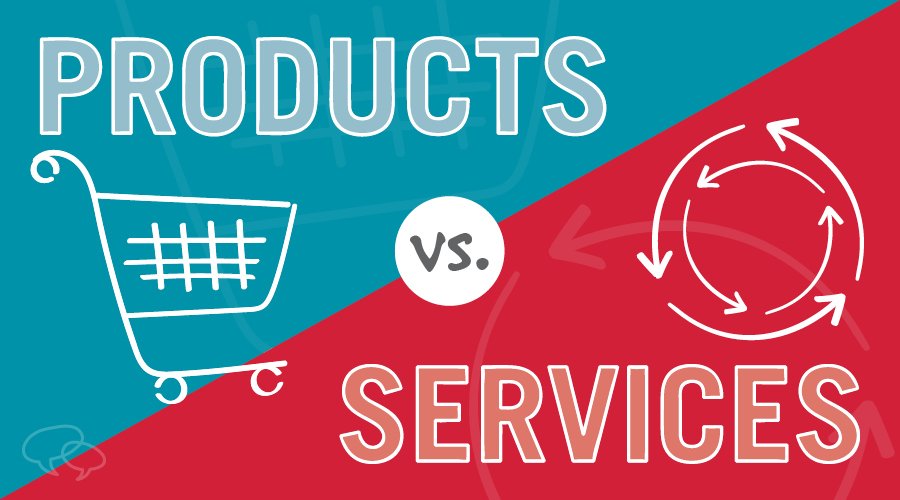Financial Products

With the aim of extended and short-term financial gain, the financial products are depicted o be the investments and securities that are provided to buyers and sellers. The financial products usually reduce the risk of liquidity and different difficulties that helps to circulate the economy. The financial products that are used as an instrument during some scenarios like borrowing of money, creating the investment or shares and the term deposits by an individual.
The financial products are issued mainly by financial institutions, banks, governments and even by companies. These are the instruments that help you in saving after the investment or any kid of mortgage. You will find even stock brokerages; financial institutions and auto insurance agencies providers issue the financial products. Volatility, return and risk are the basis of categorisation of the financial products with their underlying qualities.
Characteristics of Financial Products:
Basically, there are three major characteristics of financial products which are risk, yield and liquidity.
Risk is the possibility of the losses that can be prevented by adequate return on the investment and financial products. Simultaneously, the yield is defined as the amount of money that the financial products owners receives and the return rate applied on the financial assets. Whereas the liquidity is the ability to get convert into cash quickly. It is the special characteristics of the financial products.
The financial products which have the ability to communicate through different information and gives the details of some specific terms regarding the product issuer. This mechanism exists to cut-off the cost of monitoring the behaviour of many counterparties, in which the counterparties are the persons on the other side of any types of contract.
Loans:
This is the process in which the financial products are offered to borrowers with upfront terms of funding in the repayment exchange of the rate of interest. This is based on the pre-determined time interval and the rate of interest.
Equity:
Investment is the major significant element that provides the base for capital to any company or to any projects that help in the growth of operation, reduction of assets and access the different sources of finance. The various risks are faced by the investors of the company.
Guarantees:
With the help of guarantees, the financial products protect the investors from the borrowers failure to repay the loan and as a result of many pre-specified events. The guarantees can be minimum portion of the covering part of investments.
Quasi-equity:
It is the type of investment in the financial products that exhibit the mix of the equity and debt characteristics in terms of the claims and ownership to assets in-case of the default.
Classifications of financial products
Shares:
The possession of the company is termed as shares. The shares are subsequently brought and given by the people within the share market while firms are initially issues the shares with high risk and utmost returns.
Bonds:
Bonds are permitted by the companies as finance to the different organizational operations and government to fund the budget estimation and expenses like different social programs as well as infrastructure. These bonds have hard and fast interest rate that sometimes creates danger that is associated with shares.
Treasury Bills:
Treasury bills are classified as such financial instruments that are offered by the govt, to provide finance to needs that are short-term in nature.
Mutual Funds:
Mutual funds are authorised financial products that involve the diversification of different kind of financial products, such bonds associated government securities. This helps in increasing the profit potential.
Financial Services:
Financial services refer services rendered by financial institutions such as banks during an economic system. In general, every type of activity that is financial could also be considered financial services. In short words, the term financial services mean ability to transfer and investment allocation. Thus, it includes all activities concerned with the transformation of savings into investment.
Customer-Oriented Financial Services:
These are the financial products characteristics which are generally customer-oriented that can render first-rate high-satisfactory of offerings. These products provides the lease through the financial service providers those are necessary through the business clients and involves the bankers services which are necessary to fulfill through the company issuing equity portions included in the financial markets. The financial institutions include different firms those stay in regular touch with the clients. These help them in providing the accountability of the financial products with particular necessity and requirements.
Concomitant:
The creation of many financial services that involves various kinds of monetary services needs and also that includes different mechanisms.
Perishable in nature:
Like different offerings, financial offerings additionally want a healthy give and take policy. Services are being equipped and restored. They have to be ready as soon as clients want them.
The dominance of the human element:
The human element dominates the fundamentals of the economic services and products as well. Thus, financial services are labour-intensive. It desires equipped and professional employees to plug the high-satisfactory monetary instruments.
Heterogeneity:
Financial offerings are custom offerings. It is not the actual elements for all shoppers. Institutional customer necessity and requirements take difficulty from the individual customer. After studying it has been proved that monetary establishments provide custom designed monetary offerings for the customers.
Difference between Financial Products and Services
A financial service could be a broad range of more specific banking, investing, and insurance activities. Financial services are restricted to financial services companies and their professionals, while financial products are the particular goods, accounts, or investments they provide. The financial service holds the ability to communicate through different information and gives the details of some specific terms regarding the product issuer.
This mechanism exists to cut-off the cost of monitoring the behaviour of many counterparties, in which the counterparties are the persons on the other side of any types of contract. The financial services which are being used as an instrument during some scenarios like borrowing of money with the production and creation of the investment criteria or shares that are necessary in the term deposits by an individual.
Post You May Also Like
